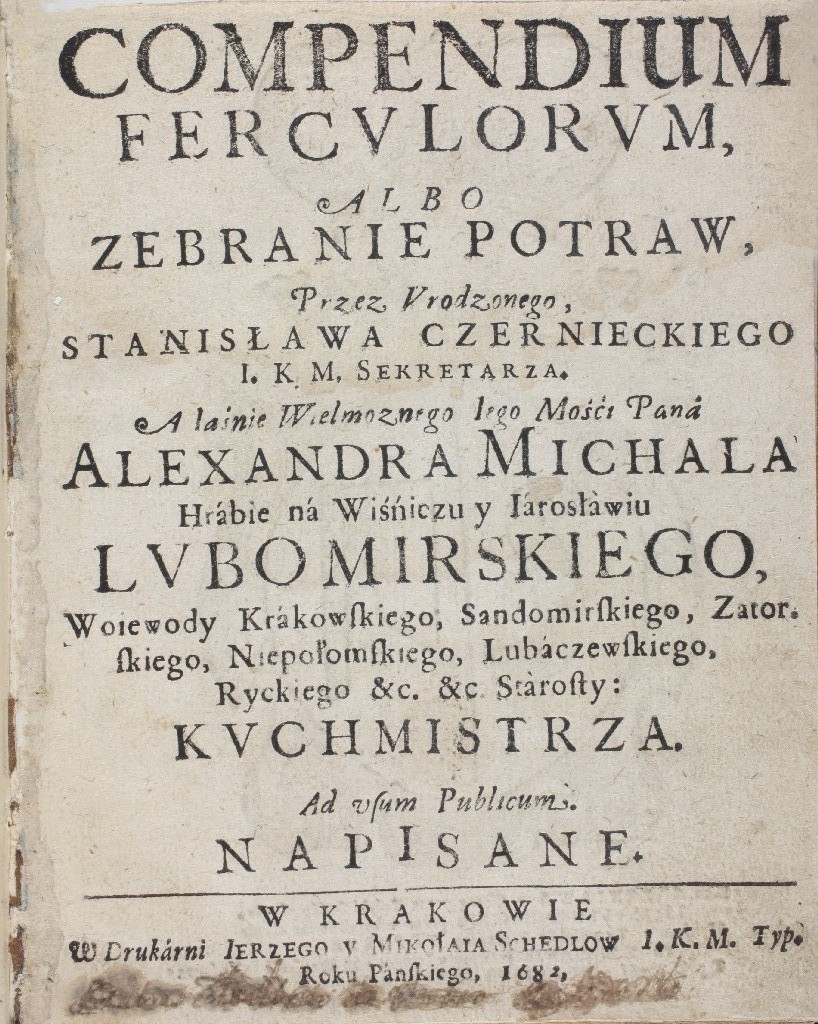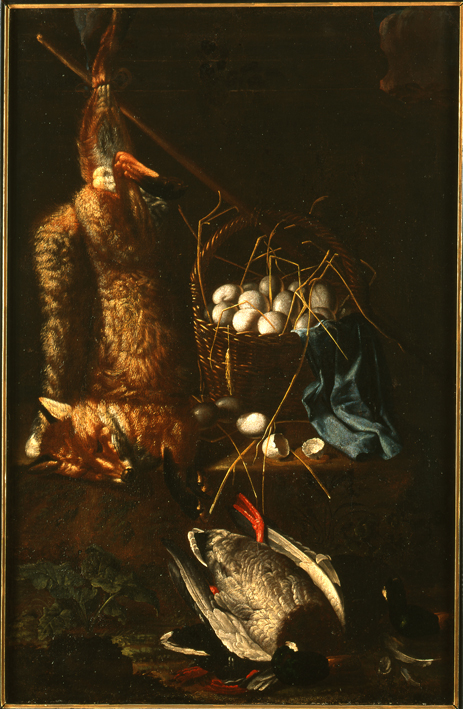Bigos with cabbage - doesn't this sound like pleonasm? Can you imagine bigos without cabbage? Could this national Polish dish, of which we have reason to be proud and without which it is hard to imagine our cuisine, ever exist without cabbage, apparently its main ingredient?
Indeed, we can find the first traces of the changing nature of the old Polish dish in old cookbooks and commentaries of former diarists.
We can find numerous bigos recipes in Compendium ferculorum, the first Polish cookbook published in print. The author, Stanisław Czerniecki, lists, among others, a recipe for carp bigos, Dutch bigos, bigos with bone marrow, capon bigos and hazel grouse bigos. A manuscript from the times of Czerniecki, kept at the Radziwiłł Library in Nieśwież, contains recipes for Jesuit-style bigos, baked fish bigos and buttery bigos with pancakes. Also Wielądko, a fan of French-style recipes, described in his Kucharz doskonały (Perfect cook) of 1783 beef bigos, wether (castrated fattened male sheep) bigos and bigos made of veal or another kind of meat.
The point is that none of the above recipes reminds today's bigos. Below is a recipe for capon (castrated and fattened male chicken) bigos:
Roast capon, chop if meaty, or whole with limbs if bony, chop onion, add parsley, broth, butter, pepper, mace, heat up and serve warm. You may also add squeezed lemon, good vinegar or gooseberry.
This and many other 17th and 18th century recipes do not contain a single piece of cabbage! Bigos was made of various kinds of meat, usually roasted, fish and even crayfish. Usually, they were acid flavoured with lemon, lime, vinegar or sorrel. Adding sour cabbage to such "bigos" made it possible to maintain the taste of the popular dish of the nobility at a much lower cost. Also, reduced amounts of meat and increasing use of vegetables was a characteristic feature of the development of the old Polish cuisine of the nobility. Also, replacing expensive lemon and wine vinegar with local cabbage and reducing the amount of meat in bigos enabled less wealthy feasters to enjoy the dish, too.
Jędrzej Kitowicz, the late 18th century writer, noted that "bigos with cabbage" was a typical dish in the early period of the reign of August IIII. For Wielądko, bigos was still a meat-only dish, but in other accounts from late 18th century, we find, the same as in Kitowicz's writing, rascal bigos with cabbage.
In the 19th century, the proportions of meat and cabbage were changed, which resulted in the good old bigos we know today.
Translation: Lingua Lab





